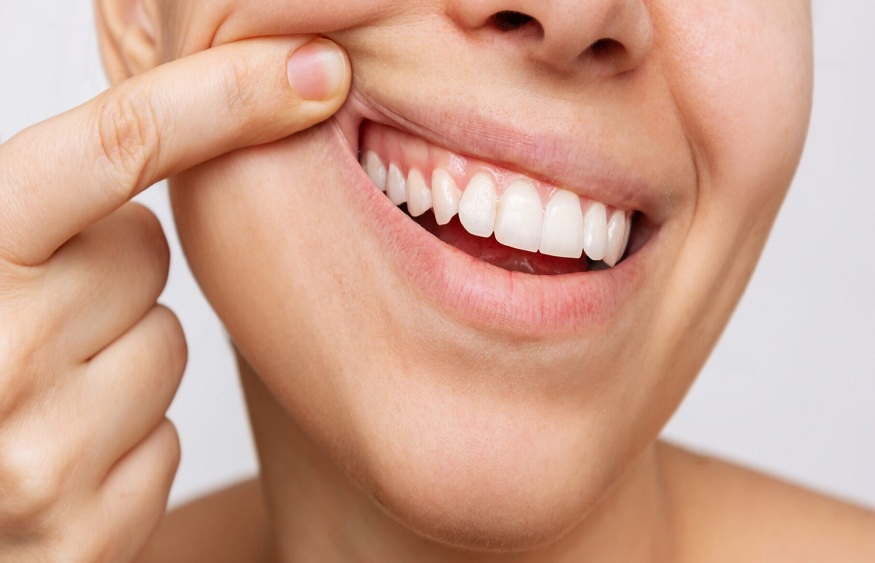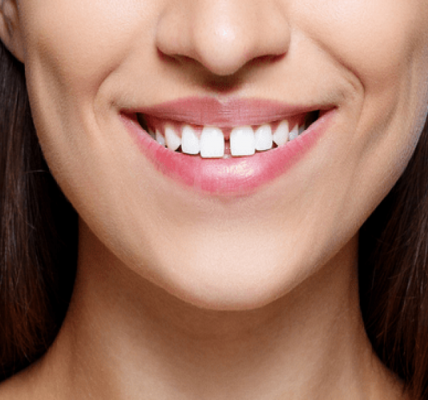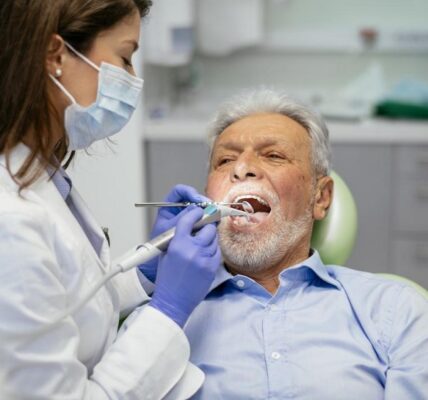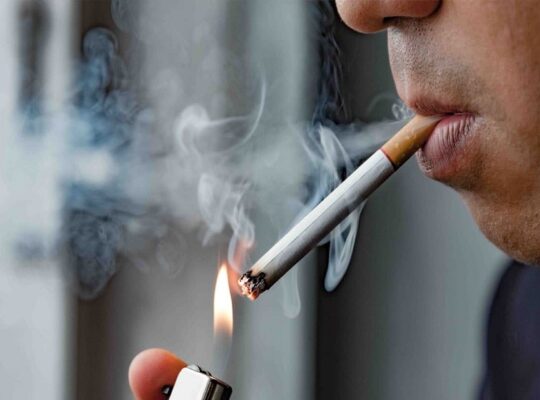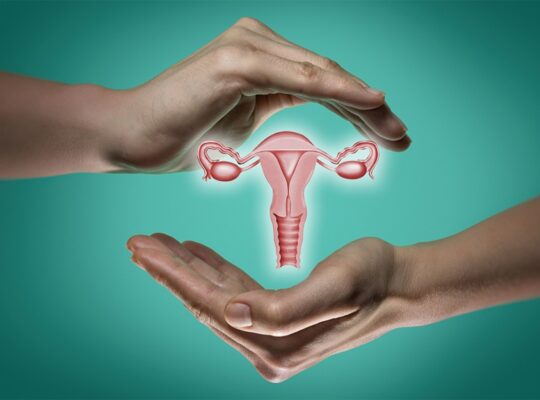Today, specialized toothbrushes are sold commercially. For example, toothbrushes with extra soft bristles for people with sensitive teeth or toothbrushes with smaller heads for people with misaligned or irregular teeth.
This is particularly the case for people suffering from Parkinson’s disease or a physical disability. Today there are toothbrushes with wide handles and angled heads for easier use.
Although they damage the bone that supports the teeth, periodontal disease is generally painless. Gingivitis is characterized by red, swollen gums that may bleed when brushing or cleaning between teeth. Many people worry when they see their gums bleeding. They brush their teeth more gently or not at all. On the contrary, it is important to continue cleaning your teeth regularly and thoroughly to fight periodontal disease. If the bleeding persists after a few days, ask your dentist for advice.
How do electric toothbrushes work?
Electric toothbrushes have a rotating or vibrating head. This type of brush guarantees a great cleaning action for very few movements on the part of the user, who will still have to position his brush correctly.
Why is brushing important?
Brushing and cleaning between your teeth on a daily basis is essential because it eliminates plaque. If not removed, plaque continues to build up from food residue, causing cavities and periodontal disease.
Are electric toothbrushes more effective?
According to tests, electric toothbrushes remove plaque more effectively. The most effective are electric toothbrushes that rotate in both directions (oscillating heads). These toothbrushes are within everyone’s reach. In addition, they are particularly useful for people with limited movement in the arms and hands, such as the disabled or elderly, who are unable to brush their teeth properly using a traditional toothbrush. Electric toothbrushes are also best for children. Indeed, this new type of brushing encourages them to brush their teeth regularly. Ask your dentist if using an electric toothbrush can benefit you.
How to brush your teeth?
Brushing removes plaque and food residue from the inside, outside and chewing surfaces of the teeth. Here is one way to remove plaque (ask your dentist for advice on your case):
- Place the toothbrush head against your teeth then angle the bristle tips at 45 degrees against the edge of your gums. Make several small circular movements on all surfaces of your teeth.
Brush the outer surfaces of your upper and lower teeth, keeping the brush bristles angled against the edge of your gums.
- Repeat for the inside surfaces of your teeth. To clean the inner surfaces of your incisors, hold the brush upright and make small circular motions with the front part of the brush.
- Brush the chewing surfaces of your teeth.
- Brush your tongue to remove bacteria and have fresh breath and a clean mouth.
- What is the recommended tooth brushing frequency?
Brush your teeth properly with fluoride toothpaste before going to bed and at least once during the day. If you continue to have pain or bleeding after brushing, see your dentist.
How do I know if plaque has been completely removed?
Some products, sold in dental offices or pharmacies, allow the plaque to be colored in order to better locate it. These are special dyes to be placed on the teeth using a cotton swab and dental plaque revealing tablets. This harmless coloring indicates areas of your mouth that require more effective brushing. Insist on the junction areas between your teeth and your gums. Brush your teeth again to remove the colored plaque.
When to change toothbrush?
Worn toothbrushes no longer clean the teeth properly and can damage the gums. It is important to change your toothbrush every two or three months, or more frequently if the filaments are worn. Indeed, frayed, deformed or flattened hairs lose their effectiveness.
Should I use fluoride toothpaste?
Yes. Fluoride helps strengthen and protect teeth, thereby limiting cavities in adults and children.
What kind of toothpaste to use?
In addition to traditional toothpastes for the whole family, there are many specialized toothpastes. These are, in particular, anti-tartar toothpastes for people prone to tartar deposits, but also various toothpastes for people with sensitive teeth. Toothpastes of “total care” (“total care”) contain ingredients that help fight against gingivitis, freshen breath and limit the deposit of dental plaque. “Whitening” toothpastes are effective in removing stains and restoring the natural color of your teeth. However, they are not strong enough to change the natural shade of the teeth.
Some children’s toothpastes contain only about half the fluoride found in adult toothpastes. Therefore, the protection of the teeth is limited. If your child is under 7 years old, supervise him when he brushes his teeth. Encourage him not to swallow the toothpaste and to spit without rinsing his mouth after brushing.
To have a clean and healthy mouth, use the right dental care products. Ask your dentist for advice on what products are on sale and how to use them.

